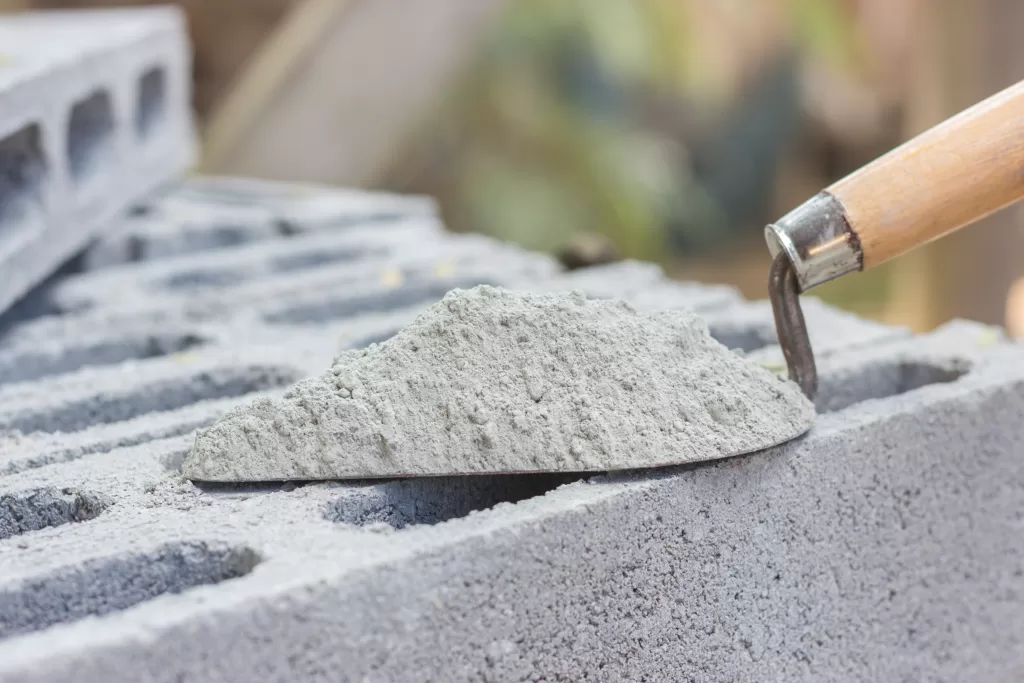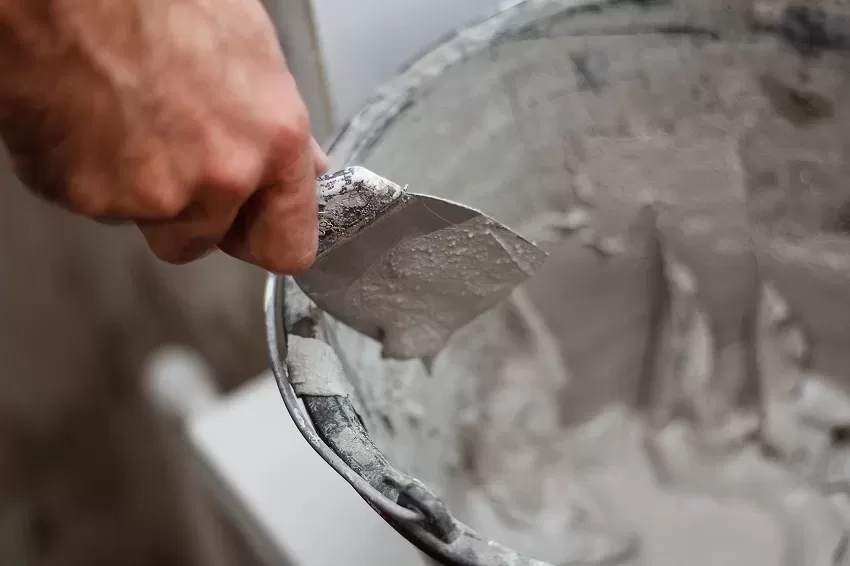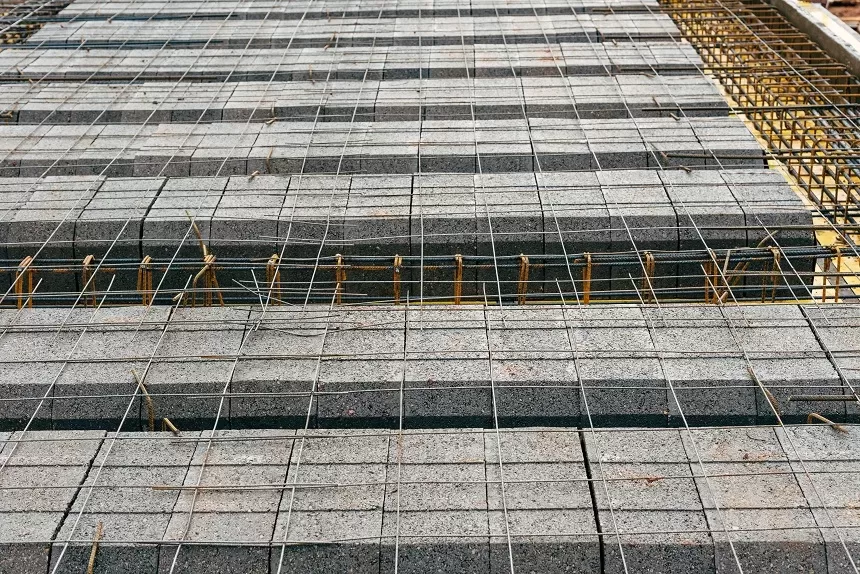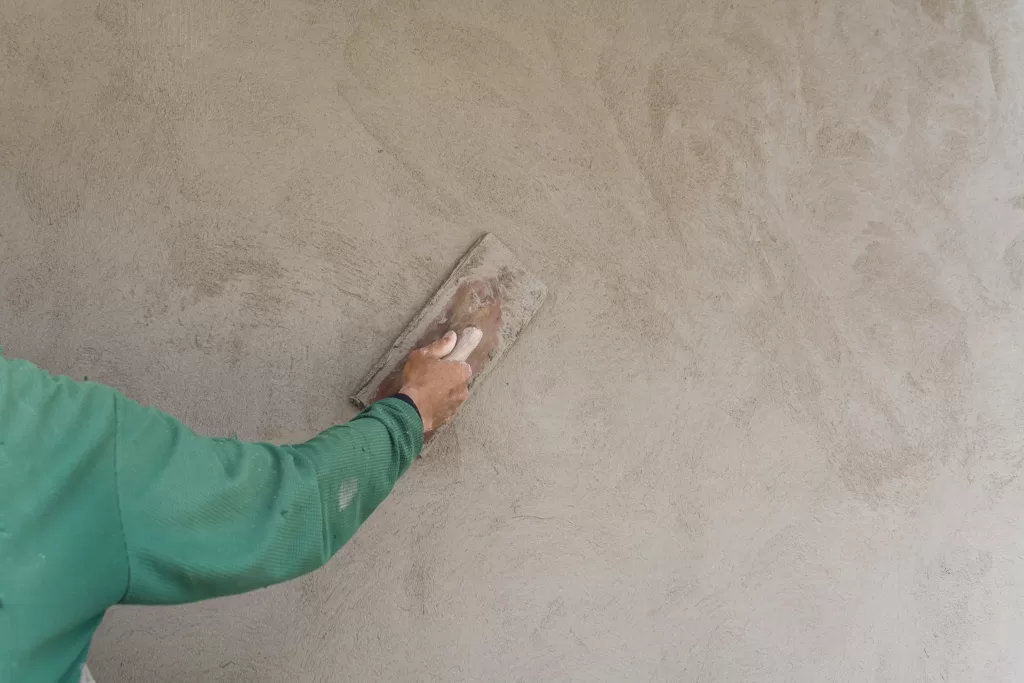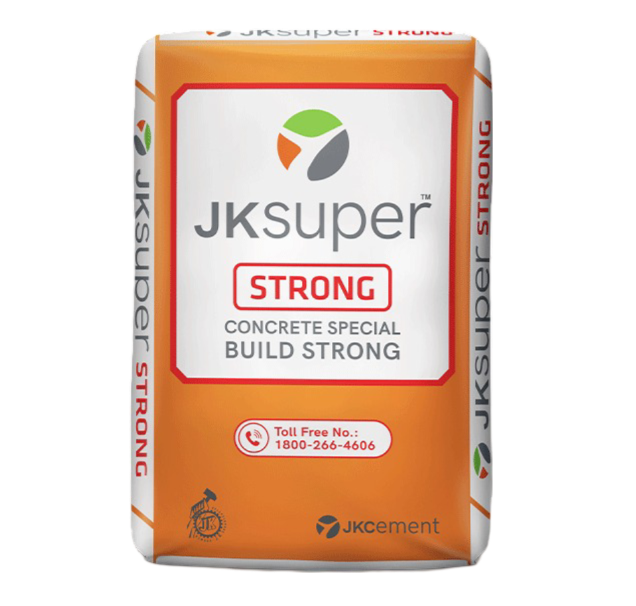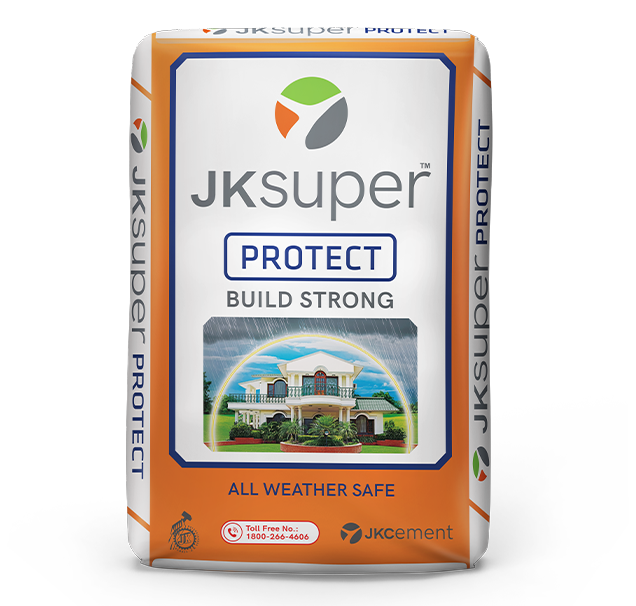Infrastructure developments around the world are evolving at a rapid rate to meet the rising demand of urbanisation. At the heart of this development lies cement, which continues to play a pivotal role in forming robust structures to this very day. But not all structures require the same type of cement for their durability. That is why today, you will find several types of cement, with some possessing unique attributes, such as varying strength, setting time, the heat of hydration, resistance to chemical attacks, and suitability for specific environmental conditions.
What is cement?
Cement is a powder-like substance that serves as a binding agent in construction materials and provides strength and durability to structures. It is formed by heating a mixture of raw materials, usually limestone and clay, at high temperatures in a kiln. The chemical reaction which ensues turns the raw materials into clinker, which is finely ground to produce cement.
Types of cement
Not all structures use the same cement grade, and knowing the types of cement helps in using the right one for certain constructions:
Ordinary Portland Cement (OPC)
OPC is one of the most common types of cement used in India. It is primarily used for general construction purposes, such as building dams, bridges, roads, etc., since its main features are strength, durability and versatility. OPC is made by grinding clinker along with gypsum. There are 3 grades available for OPC, namely OPC 33 Grade, OPC 43 Grade, and OPC 53 Grade. Each grade differs in compressive strength and is used in varying applications.
Portland Pozzolana Cement (PPC)
This is a blended cement variation that is made by combining Portland cement clinker, gypsum, and pozzolanic materials like fly ash. Compared to other cement types, PPC is regarded as eco-friendly due to its low carbon monoxide emission rate. Since PPC has high resistance against alkaline-based chemical reactions, it is used increasingly in building structures near water reservoirs. For instance, it is used in building hydraulic structures, dams, and sewage pipes, among other purposes.
Portland Slag Cement (PSC)
PSC is produced by intimately grinding Portland Cement clinker, gypsum, and slag. Slag is a byproduct of the iron and steel industry and is typically created by cooling molten slag with water. Slag is added to Portland Cement clinker to increase the cement’s overall durability, strength, and workability. Although PSC is a versatile product that is used in several construction applications, it is mostly used in making marine structures, such as piers and harbours. This is because of its high resistance to sulphide attacks and chloride penetration.
White Cement
This type of cement is predominantly used for aesthetic purposes where a bright, clean and polished surface is required. White cement is mainly used for decorative applications, tile manufacturing, and the upkeep of historical monuments. It is produced using raw materials with low iron content such as limestone, kaolin clay, and gypsum to give the cement its distinct white colour. Due to its specific manufacturing process and raw materials involved, white cement tends to be more expensive than regular cement.
Sulphate Resisting Cement
Sulphates in the surrounding can lead to cracks and loss of cement strength over time. For areas with high sulphate content, a special type of cement is required to withstand sulphates. Calcareous and argillaceous materials and silica, alumina and iron oxide-bearing materials are ground and mixed together to form sulphate resisting cement (SRC). These materials contain a natural resistance to sulphides. SRC is mostly used in constructing buildings in areas in which the soil has a high sulphide content, which is mostly found in and around coastal areas.
Rapid Hardening Cement
Rapid-Hardening Cement is designed to achieve high strength in a shorter curing time. It is used in situations where quick construction or repair is required, such as precast elements, road repairs, and urgent construction projects.
Low Heat Cement
Low heat cement is specially blended to provide a lower heat of hydration in the concrete. The low heat of hydration is ideal for mass concrete pours where the temperature must be controlled to reduce the risk of thermal cracking. Low heat cement improves later-age concrete strengths. Low heat cement is used in the construction of dams, large footings, wind turbine plinths, etc.
High Alumina Cement
High alumina cement (HAC) is produced by melting a mixture of lime and bauxite and grinding it with clinker. HAC is also known as calcium aluminate cement. It is a type of rapid hardening cement with a considerably high compressive strength. High alumina cement is used in construction work where concrete is subjected to high temperatures or chemicals. HAC can gain strength below 0°. Therefore, it can be used for concrete applications in cold weather.
Portland Lime Cement
Portland lime cement (PLC) is a type of blended cement that contains 5 to 15% of limestone in the mix. The cement industry is a significant producer of carbon dioxide. However, the limestone content in PLC results in almost 10% reduction in the carbon footprint. PLC is sustainable and can be less expensive than conventional cement.
Air entraining Cement
Air entraining cement is a hydraulic cement that contains air-entraining agents to create microscopic air bubbles in the concrete mix. Air-entering agents typically include resins, glues and sodium salts. Such a type of cement requires less water to make it workable. Air entraining cement is used in construction projects requiring frost resistance like concrete pavements, bridges and buildings situated in colder regions.
Explore different types of cement with JK Cement.
FAQs
What is Rapid Hardening Cement (RHC) used for?
RHC is specially made to achieve high strength in a shorter curing time. It is commonly used in situations where quick construction or repair is required, such as precast elements, road repairs, and urgent construction projects. RHC enables faster project completion without compromising strength and durability.
What are Type 1 and Type 2 cement?
Type 1 cement refers to Ordinary Portland Cement (OPC) and Type 2 cement typically refers to Portland Pozzolana Cement (PPC).
What are the applications of High Alumina Cement?
High Alumina Cement (HAC) is commonly used in situations that require high chemical resistance, such as the construction of chemical plants, wastewater treatment facilities, and furnaces. It has excellent heat resistance and is suitable for refractory application.

